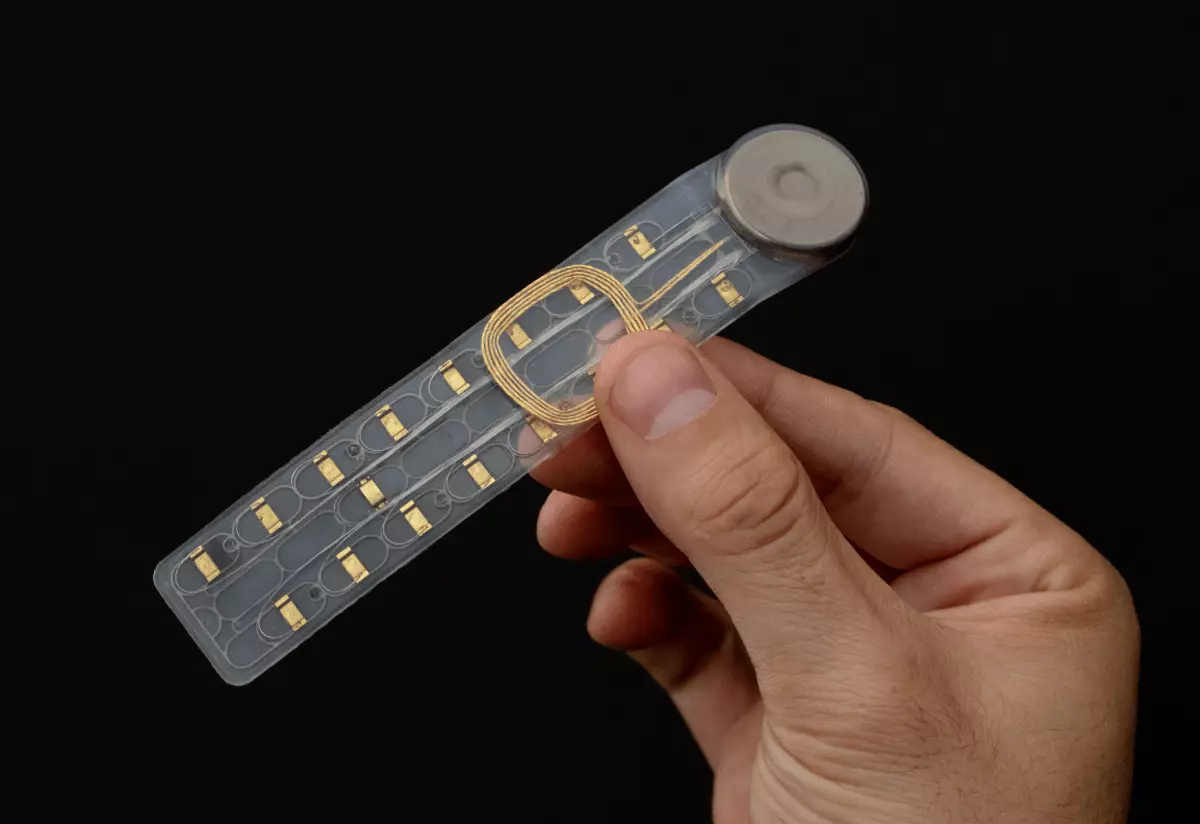In a world increasingly defined by technological advancement, the fusion of human biology with computer-based systems is no longer confined to the realm of speculative fiction. Companies like Phantom Neuro are drastically reshaping the landscape of prosthetics through innovative neurotechnology, a journey supported by $19 million in new funding. This financial backing represents not just a vote of confidence from investors but a belief in the transformative potential of bio-hacking the human experience, enabling individuals with disabilities to regain control over their bodies.
Phantom Neuro’s flagship product, a minimally invasive wristband-like device implanted beneath the skin, aims to enable users to control prosthetic limbs seamlessly. This device is designed to tap into the body’s existing neural pathways, helping individuals re-establish the connection to their phantom limbs—those sensations and movements that many amputees are still capable of feeling despite the absence of a physical limb. The intellectual underpinnings of this technology hark back to fundamental principles regarding nerve endings and their communicative capabilities, which Phantom employs to foster unprecedented levels of functionality in prosthetic users.
A Promising Trajectory: Regulatory Milestones and Clinical Success
The pathway to medical innovation is fraught with regulatory hurdles, yet Phantom Neuro is navigating these waters with significant progress. The startup has recently garnered dual FDA designations: one denoting its device as a “Breakthrough Device,” and another for “TAP,” a status aimed at facilitating expedited approval processes for crucial medical technology. This strategic position not only accelerates the commercialization timeline but also signifies a commitment to ensuring that people can benefit from this technology sooner rather than later.
Clinical trials further substantiate the efficacy of Phantom’s technology. The results from the “ASCENT” study indicated a 94% accuracy rate across various hand and wrist movements, with even higher accuracy reported post-implantation. It’s remarkable to consider that with just a brief calibration period—totaling around ten minutes—users might regain an astonishing 85% functionality. Such results signify a monumental leap forward in the realm of prosthetics, suggesting that the integration of neural technology can diminish the long-standing disparities between natural and artificial limb movement.
An Entrepreneurial Journey Fueled by Purpose
At the heart of Phantom Neuro’s narrative is Dr. Connor Glass, whose journey from aspiring military personnel to visionary entrepreneur encapsulates the spirit of innovation. As a young man, Glass faced his own physical limitations, eventually redirecting his ambition toward neurosurgery. His academic journey spanned from Oklahoma to the ranks of Johns Hopkins, where he immersed himself in advanced medical research focusing on brain-machine interfaces. Here, Glass identified the complexities and invasive nature of existing neurotechnological solutions and sought an alternative pathway.
What began as a consideration of neuroscience transitioned into a recognition of the broader neural network within the body, and the potential of harnessing that network to communicate with prosthetics. The formation of Phantom Neuro symbolizes a bold pivot toward empowerment—not only for amputees but for anyone seeking to merge their physical capabilities with technology’s vast possibilities.
Broader Implications: The Future of Neuro-technology
Phantom Neuro’s aspirations extend well beyond prosthetics. The potential applications of this technology cross conventional boundaries and touch on varying fields—from robotic control to human-enhancement interfaces. The company intends to first launch its innovation aimed at prosthetic arms, with plans to encompass prosthetic legs in the future. The very essence of this neuro-interface suggests an affinity for more advanced forms of interaction between humans and robotic systems, hinting at an era where machine learning and human intuition interweave more intricately.
The commitment to collaboration with established players in the market, like Ottobock, showcases a strategic foresight that could propel Phantom into the forefront of a rapidly evolving industry. Ottobock’s existing infrastructure in prosthetics also aligns seamlessly with Phantom’s vision, allowing for a more efficient integration and development process. Dr. Arne Kreitz of Ottobock acknowledges the impressive progress being made, emphasizing the promising nature of Phantom’s approach—one that is both minimally invasive and futuristic in its conception.
As the journey of humanity towards transcending physical limitations continues, collective opinions remain polarized regarding the ethical implications. While the prospect of enhancing the human condition through neurotechnology undoubtedly excites many, there exists a cautious undertone regarding the broader consequences of such advances. Nevertheless, the trajectory is clear: as technology and biology entwine, we are but on the cusp of realizing profound changes that could redefine the very notion of having a body—and the experiences that come with it.

